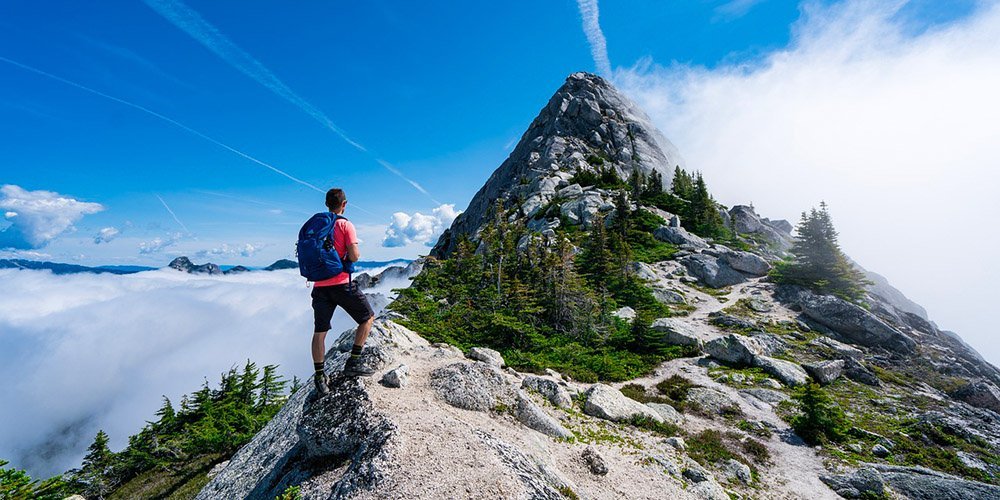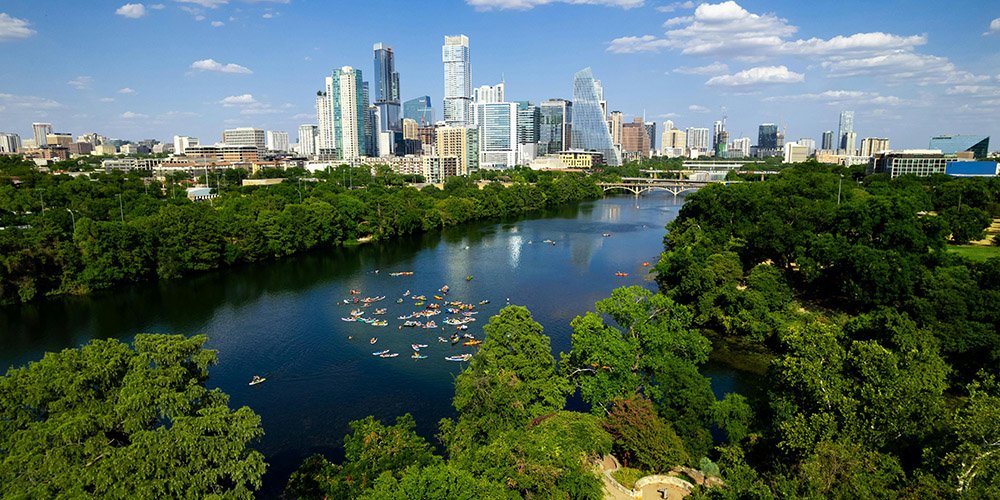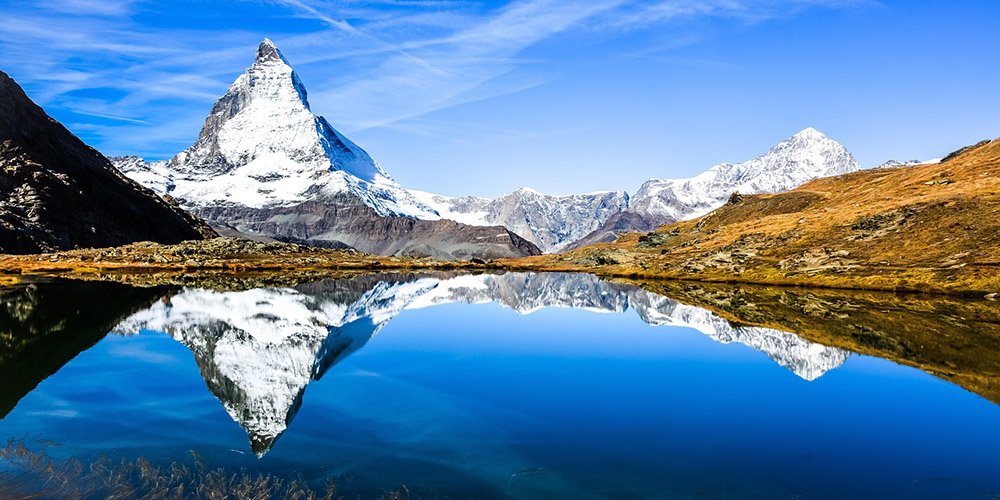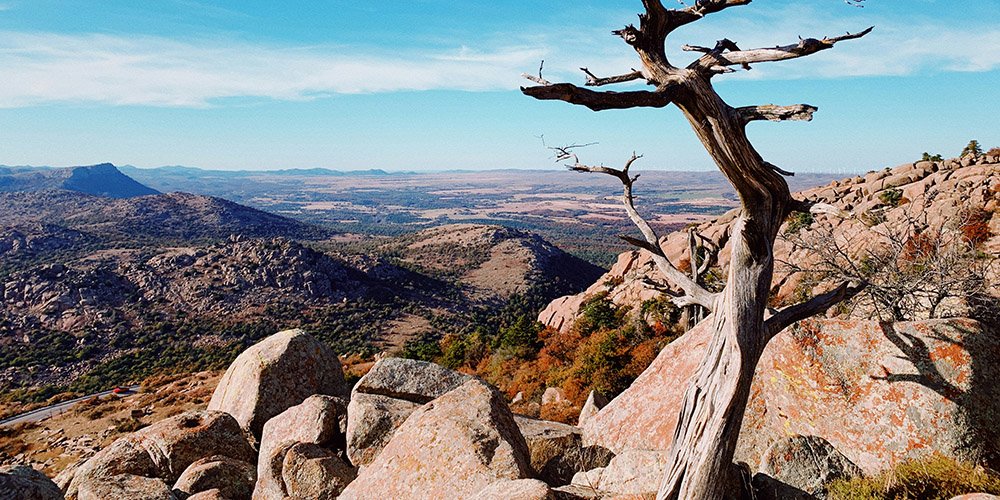Electrolytes for Hiking: Complete Guide
Hiking is an invigorating activity that allows you to connect with nature while getting a great workout. However, it also poses unique challenges, particularly when it comes to maintaining proper hydration and electrolyte balance.
When you’re on the trail, especially during long hikes or in hot climates, your body loses fluids and electrolytes through sweat. These losses must be replenished to prevent dehydration and maintain optimal performance.
Proper hydration and electrolyte management are crucial for your overall health and hiking experience, ensuring you stay energized and safe on your adventures. Keep reading to learn how to achieve that!
What Are Electrolytes?
Definition and Function of Electrolytes
Electrolytes are minerals that dissolve in bodily fluids and carry an electric charge. They are essential for various physiological functions, including:
- Muscle Function: Electrolytes facilitate muscle contractions, which are crucial for movement and maintaining your strength during a hike.
- Nerve Signaling: They play a key role in transmitting nerve impulses, ensuring that your muscles and brain communicate effectively.
- Fluid Balance: Electrolytes help maintain the balance of fluids within and outside your cells, which is vital for hydration and cellular function.
- Blood Pressure Regulation: They assist in maintaining blood pressure by regulating the balance of fluids in your blood vessels.
Key Electrolytes: Sodium, Potassium, Magnesium, Calcium, Chloride
- Sodium (Na+): This electrolyte is crucial for fluid balance, nerve function, and muscle contractions. It is often lost in large amounts through sweat.
- Potassium (K+): Potassium helps maintain fluid balance, supports nerve function, and prevents muscle cramps. It’s found in foods like bananas, oranges, and potatoes.
- Magnesium (Mg++): Important for muscle relaxation and carbohydrate metabolism, magnesium supports energy production and muscle function. Sources include nuts, seeds, and leafy greens.
- Calcium (Ca++): Essential for muscle contractions and bone health, calcium is found in dairy products and dark leafy greens.
- Chloride (Cl-): Chloride works with sodium to maintain fluid balance and is involved in digestion and nutrient absorption.
Also read: Day Hiking Essentials Checklist: Exactly What to Bring
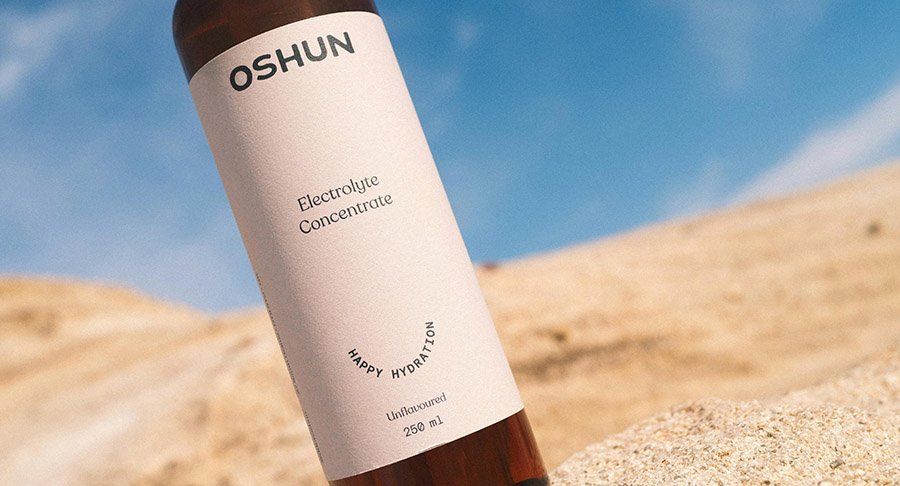
Why Electrolytes Are Crucial for Hikers
Role in Muscle Function and Nerve Signaling
Electrolytes ensure that your muscles contract and relax smoothly, which is essential for hiking. They also facilitate nerve signaling, helping your brain and muscles communicate effectively. Without adequate electrolytes, you may experience muscle cramps, fatigue, and impaired coordination.
Importance in Fluid Balance
Maintaining fluid balance is critical during hikes, especially in hot or humid conditions. Electrolytes help regulate the amount of water in your body, ensuring that your cells function properly and you stay hydrated. This balance prevents dehydration, which can lead to decreased performance and serious health risks.
Preventing Dehydration and Hyponatremia
Proper electrolyte levels help prevent dehydration and hyponatremia (low sodium levels in the blood), both of which can be dangerous. Dehydration occurs when you lose more fluids than you take in, while hyponatremia can happen if you drink excessive amounts of water without replenishing sodium.
Symptoms of these conditions include dizziness, headaches, nausea, and in severe cases, confusion and muscle weakness. Replenishing electrolytes through supplements or electrolyte-rich foods can help you avoid these issues and keep your body functioning optimally during your hikes.
Signs and Symptoms of Electrolyte Imbalance
Common Symptoms
Electrolyte imbalance can manifest through various symptoms, particularly during strenuous activities like hiking. Common signs include:
- Muscle Cramps: A lack of electrolytes, particularly potassium and magnesium, can cause painful muscle cramps and spasms.
- Fatigue: An electrolyte imbalance can lead to general fatigue and a decrease in physical performance.
- Dizziness: Low electrolyte levels can cause dizziness and lightheadedness, impacting your balance and coordination.
- Headaches: Dehydration and electrolyte imbalance often result in headaches, which can range from mild to severe.
These symptoms are your body’s way of signaling that it needs electrolyte replenishment, especially during prolonged physical activity.
Severe Symptoms and When to Seek Help
In severe cases, electrolyte imbalance can lead to more serious health issues, such as:
- Nausea and Vomiting: Persistent nausea and vomiting can be signs of a significant electrolyte disturbance.
- Confusion and Irritability: Severe imbalances can affect cognitive function, leading to confusion, irritability, and difficulty concentrating.
- Irregular Heartbeats: Electrolytes are crucial for heart function. Imbalances can cause irregular heartbeats, which may feel like your heart is skipping beats or beating too fast.
- Muscle Weakness: Extreme electrolyte depletion can lead to pronounced muscle weakness and even paralysis in severe cases.
If you experience any of these severe symptoms, it’s crucial to seek medical attention immediately, as they can indicate life-threatening conditions like severe dehydration, hyponatremia, or hyperkalemia.
Also read: What to Wear When Hiking in Summer: Complete Guide
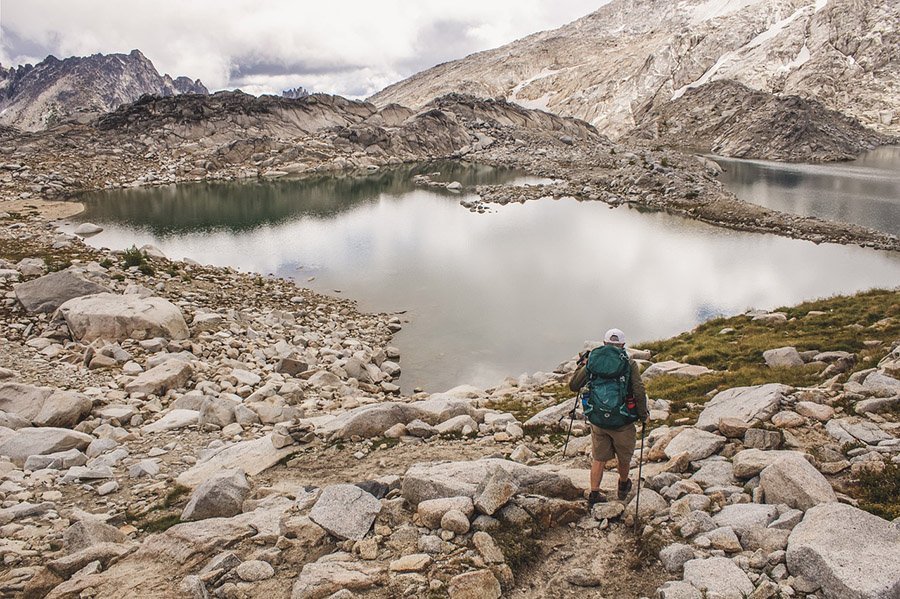
When and How to Use Electrolytes
Situations Requiring Electrolyte Supplementation
Electrolyte supplementation is particularly important in specific situations, including:
- High-Heat Conditions: Hiking in hot and humid environments increases sweat production, leading to significant electrolyte loss.
- Long-Duration Hikes: Extended physical activity requires ongoing electrolyte replenishment to maintain performance and prevent dehydration.
- High-Intensity Activity: Intense physical exertion, even in cooler climates, can deplete electrolytes rapidly.
How Much to Consume and Timing
The amount of electrolytes needed can vary based on individual factors like body weight, sweat rate, and the intensity of the hike. Here are some general guidelines:
- During the Hike: Consume electrolytes regularly throughout the hike. Aim for small amounts every hour, especially in hot or strenuous conditions.
- Post-Hike: Replenish electrolytes immediately after the hike to aid recovery and restore balance.
A good starting point is to follow the recommendations on electrolyte supplement packaging, adjusting based on your specific needs and conditions.
Types of Electrolyte Supplements
Electrolyte supplements come in various forms, each with its own advantages and disadvantages:
- Powders: Easily mixed with water, powders are convenient and often available in various flavors. They allow for customizable dosage but may require shaking to dissolve completely.
- Tablets: Effervescent tablets dissolve in water, making them easy to use and transport. They are ideal for hikers due to their compact size.
- Capsules: These are swallowed with water and can be a quick way to consume electrolytes without the need for mixing. However, they might not be as enjoyable as flavored drinks.
- Ready-to-Drink Solutions: Pre-mixed electrolyte drinks offer convenience and immediate hydration but can be bulkier to carry and more expensive.
Pros and Cons of Each Form
- Powders:
- Pros: Customizable, lightweight, often flavorful.
- Cons: Requires mixing, potential for spills.
- Tablets:
- Pros: Compact, easy to use.
- Cons: Limited flavor options, need water to dissolve.
- Capsules:
- Pros: Convenient, no mixing required.
- Cons: No taste, may not feel as refreshing.
- Ready-to-Drink Solutions:
- Pros: Immediate use, no preparation needed.
- Cons: Bulkier, higher cost.
Also read: Must-Have Winter Hiking Gear for a Great and Safe Experience
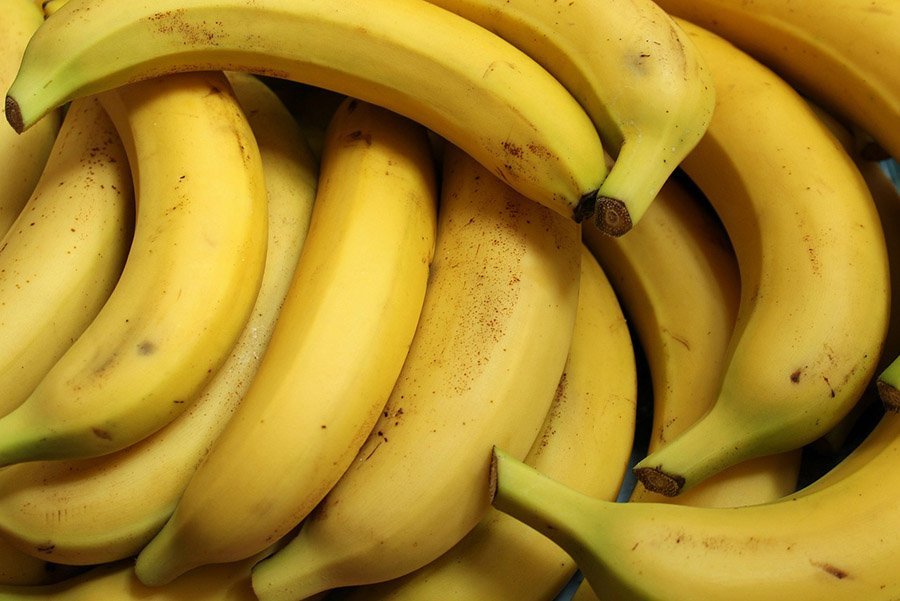
Natural Sources of Electrolytes
Electrolyte-Rich Foods
Incorporating electrolyte-rich foods into your diet is a natural way to maintain electrolyte balance, especially when preparing for a hike. Some of the best foods include:
- Bananas: Rich in potassium, bananas help prevent muscle cramps and support nerve function.
- Nuts: Almonds, walnuts, and peanuts are good sources of magnesium, which supports muscle relaxation and energy production.
- Dairy Products: Milk, cheese, and yogurt provide calcium, essential for muscle contractions and bone health.
- Leafy Greens: Spinach, kale, and Swiss chard are packed with magnesium, calcium, and potassium, making them excellent for overall electrolyte balance.
DIY Electrolyte Drinks
Creating your own electrolyte drinks at home can be a cost-effective and healthy alternative to store-bought options. Here are a couple of simple recipes:
- Citrus Electrolyte Drink:
- 1/4 teaspoon salt
- 1/4 cup lemon juice
- 1/4 cup lime juice
- 1 1/2 to 2 cups water
- 1-2 tablespoons honey or maple syrup
- Mix all ingredients thoroughly and refrigerate before use.
- Coconut Water and Fruit Mix:
- 2 cups coconut water
- 1/2 cup fresh orange juice
- 1/4 cup lemon juice
- 1/8 teaspoon salt
- Mix the ingredients and chill. Coconut water naturally contains potassium and other electrolytes, making it an excellent hydration base.
Choosing the Right Electrolyte Supplement
Factors to Consider
When selecting an electrolyte supplement, consider the following factors:
- Taste: Choose a flavor you enjoy to ensure regular consumption.
- Ingredients: Look for products with essential electrolytes (sodium, potassium, magnesium, calcium) and minimal artificial additives.
- Convenience: Consider the form (powder, tablet, liquid) that fits your hiking style and ease of use.
- Price: Compare cost per serving to find a product that fits your budget.
Reviewing Top Products in the Market
Here are some highly recommended electrolyte supplements:
- Liquid I.V.: Known for its efficient hydration formula with a high electrolyte content and a variety of flavors.
- Nuun: Popular effervescent tablets that are portable and come in multiple flavors.
- Skratch Labs: Valued for its natural ingredients and balanced electrolyte mix, ideal for athletes.
- LMNT: Offers high sodium content, suitable for intense activities, with a focus on low-carb and keto-friendly options.
- Drip Drop: Developed with medical-grade hydration, ideal for extreme conditions and rapid electrolyte replenishment.
Also read: Is It Safe to Hike Alone? Main Dangers & How to Avoid Them
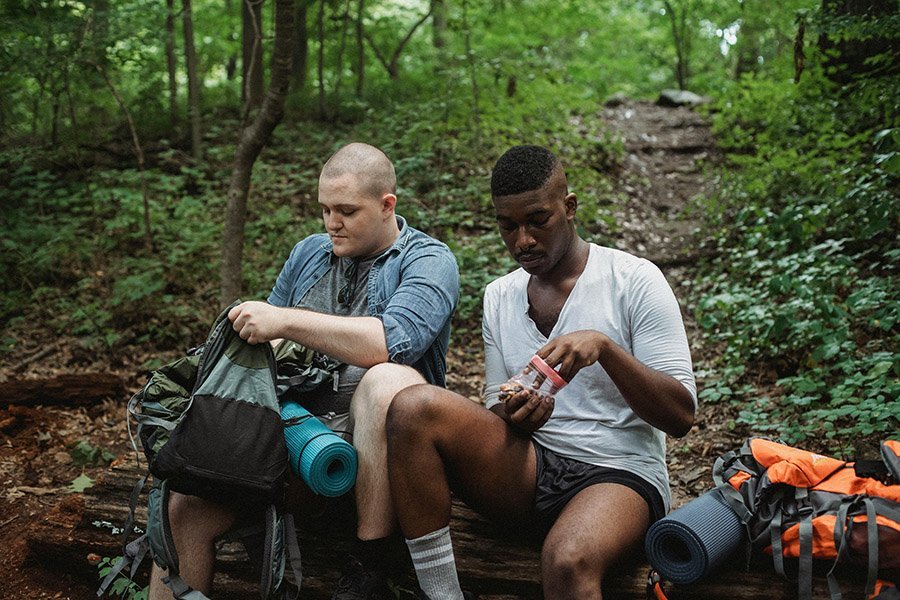
Tips for Staying Hydrated on the Trail
Combining Electrolytes with Water and Carbohydrates
For optimal hydration and energy, combine electrolytes with water and carbohydrates:
- Hydration Packs: Use hydration packs with electrolyte tablets or powders to ensure consistent intake during your hike.
- Energy Bars and Snacks: Consume snacks like energy bars, dried fruits, or nuts that provide carbohydrates and natural electrolytes.
Smart Hydration Practices for Hikers
- Pre-Hydrate: Drink plenty of water and electrolyte-rich fluids before starting your hike to ensure your body is well-hydrated.
- Regular Sips: Take small, frequent sips of water mixed with electrolytes rather than large gulps to maintain a steady intake.
- Monitor Urine Color: Aim for light yellow urine, which indicates proper hydration levels. Dark yellow or amber-colored urine signifies dehydration.
- Adjust Intake Based on Conditions: Increase your fluid and electrolyte intake in hot, humid conditions or during intense physical exertion.
By incorporating these tips and being mindful of your body’s needs, you can maintain proper hydration and electrolyte balance, ensuring a safer and more enjoyable hiking experience.
Experienced Hikers’ Insights and Recommendations
Many seasoned hikers have learned the importance of maintaining electrolyte balance through experience. Here are some insights and tips from experienced hikers:
- Stay Ahead of Dehydration: Start your day with a good mix of water and electrolytes before hitting the trail. Pre-hydration sets you up for a successful hike and prevents that mid-day slump.
- Mix It Up: Carry a variety of electrolyte sources—powders, tablets, and even some natural options like salted nuts. This way, you can adjust your intake based on how you feel and the conditions.
- Flavor Matters: Choosing flavors you actually enjoy makes a huge difference. If you usually skip electrolyte drinks because you don’t like the taste, now you look forward to your lemon-lime Nuun tablets!
Common Mistakes and How to Avoid Them
- Over-Reliance on Water Alone: Many hikers make the mistake of drinking only water, which can dilute electrolyte levels and lead to hyponatremia. Always pair water intake with electrolyte supplementation.
- Ignoring Early Signs of Imbalance: Pay attention to early symptoms like muscle cramps and fatigue. These are your body’s way of telling you to replenish electrolytes before things get worse.
- Not Testing Products Before the Hike: I learned the hard way that not all electrolyte supplements agree with my stomach. Now I always test new products during shorter hikes to make sure they work for me.
Final Thoughts
Hydration and electrolyte management are not just about performance—they are about safety and well-being. By staying informed and prepared, you can enjoy your hikes with confidence. Remember to listen to your body, carry the right supplies, and stay hydrated. Happy hiking!


